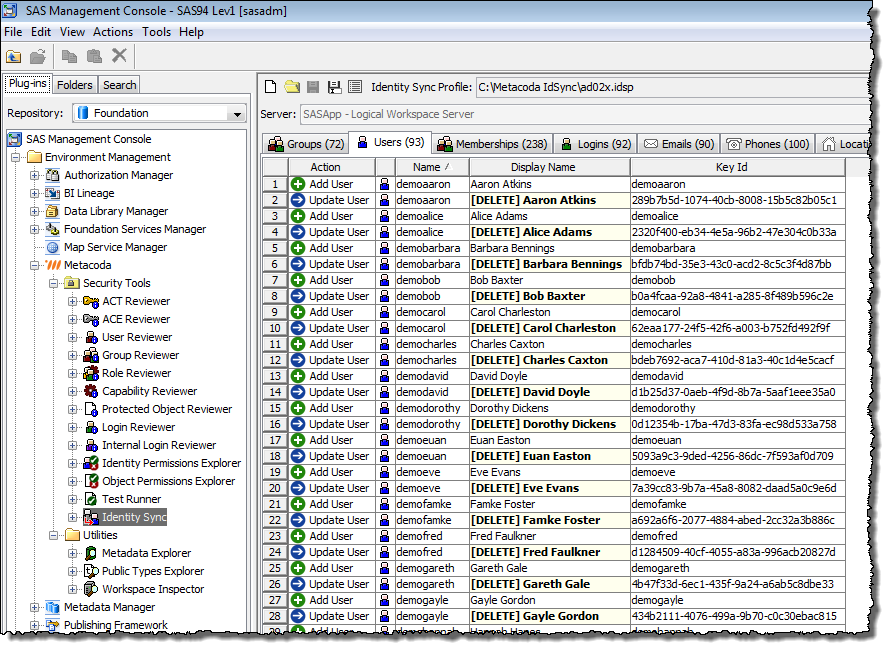I recently installed a local copy of SAS Viya 4 (2021.1.2) in our Kubernetes lab environment and was trying to configure it to work with a test AD server, Windows 2012 R2. The AD server had been configured to only allow TLS (LDAPS) connections and so after the initial installation of SAS Viya I configured the SAS Identities service to use LDAPS, as explained in the SAS documentation.
Unfortunately it didn’t work at first. I was getting errors that turned out to be a TLS cipher mismatch between the client (SAS Identities service) and the server (Windows 2012 R2 AD). I was able to fix it using two methods:
- Re-enabling LDAP connections to AD and switching back from LDAPS to LDAP connections for the SAS Identities service (not preferred)
- Tweaking the configuration of the SAS Identities service to support a cipher that worked with Windows 2012 R2 AD (preferred)
Of course I could have also upgraded AD from Windows 2012 R2 to a more recent version, but that is a project for another day as I still want to continue working with the older version for the time being.
For future reference, and in case it helps anybody else, here are my notes Continue reading “SAS Viya 4 (2021.1.2) with LDAPS to Windows 2012 R2”

